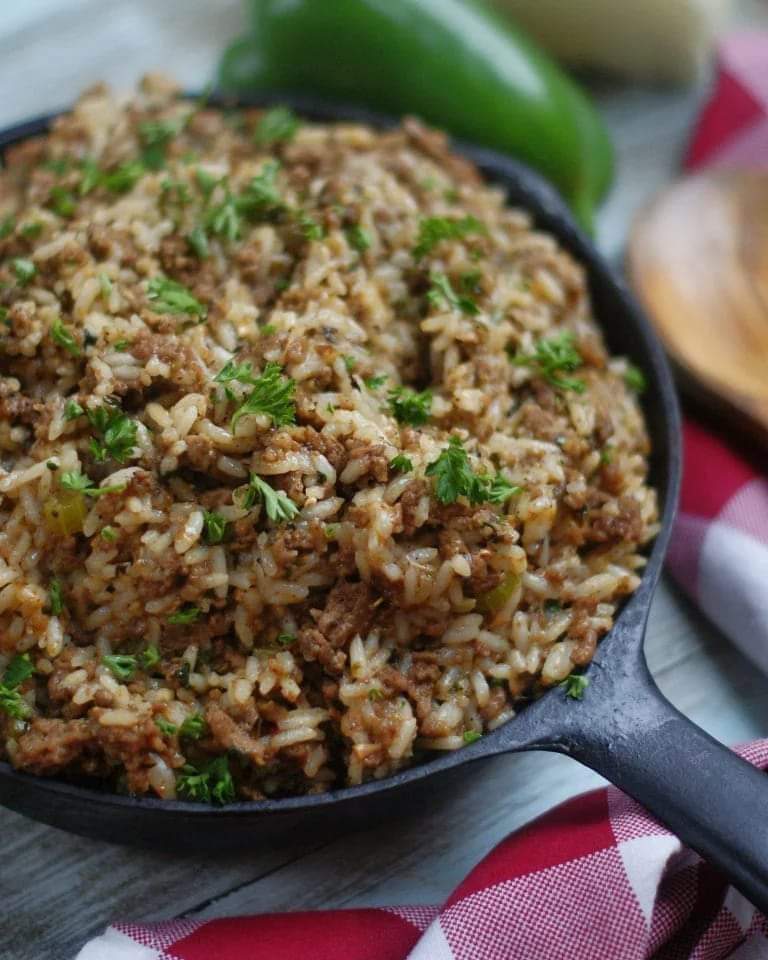
Certainly! Here are some tips for making Louisiana Dirty Rice:
1. Choose the right rice: Use long-grain white rice or brown rice for a healthier option. Brown rice contains more fiber and nutrients compared to white rice.
2. Lean protein options: Opt for lean meats like ground turkey or chicken instead of traditional options like ground beef or pork sausage. You can also experiment with plant-based protein alternatives like tofu or tempeh.
3. Increase vegetable content: Load up your Dirty Rice with a variety of vegetables like onions, bell peppers, celery, and tomatoes. These veggies add flavor, texture, and nutritional value to the dish.
4. Use herbs and spices: Enhance the flavor of your Dirty Rice with herbs and spices like garlic, thyme, paprika, cayenne pepper, and bay leaves. These seasonings add depth and complexity to the dish without adding extra sodium.
5. Go easy on added fats: While traditional recipes may call for butter or oil, consider reducing the amount of added fats. Sauté your vegetables in a small amount of olive oil or use cooking spray instead.
6. Control sodium intake: Traditional Dirty Rice recipes often use ingredients like sausage or bacon, which can be high in sodium. If using these ingredients, opt for low-sodium versions or reduce the amount used. Be mindful of other sources of sodium in your recipe, such as bouillon cubes or canned broth, and adjust accordingly.
7. Add nutritious extras: Consider incorporating additional nutrient-rich ingredients like black beans, corn, or diced tomatoes to increase the fiber and vitamin content of your Dirty Rice.
8. Portion control: Dirty Rice can be a filling dish, so be mindful of portion sizes to avoid overeating. Pair it with a side salad or steamed vegetables to create a balanced meal.
Remember, the tips provided are intended to make Dirty Rice a healthier option while still retaining its delicious flavors. Feel free to experiment with ingredients and seasonings based on your personal preferences and dietary needs.





